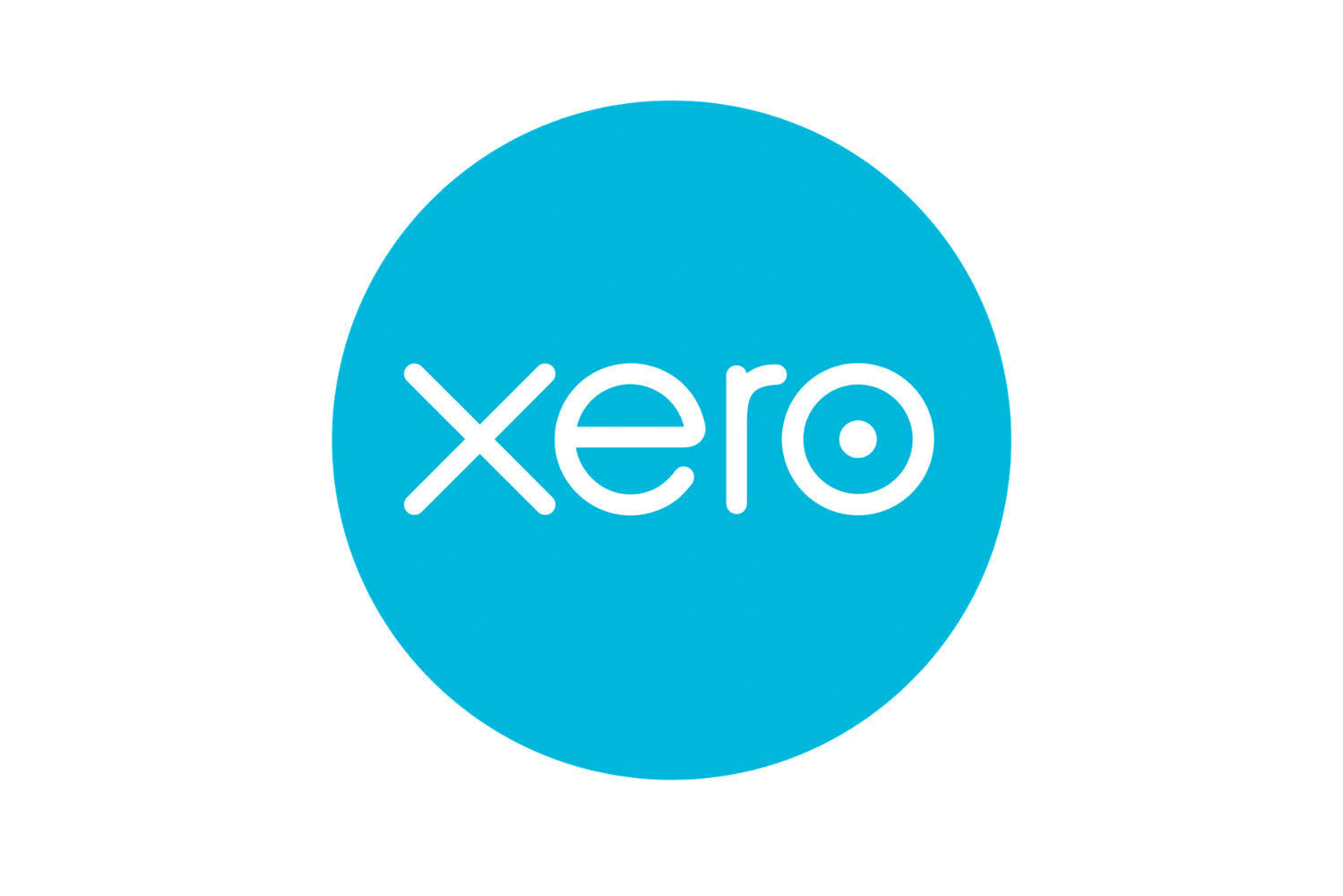If your business operates a credit scheme, where customers receive goods/services and pay later, it is important to keep on top of ensuring you are paid as this will impact key performance indicators such as cashflow and receivables collection period. You can do this in Xero by regularly checking the aged receivables report and regularly sending out statements of account to your customers.
Aged Receivables Detail Report
To produce the aged receivables detail report you will need to go to:
• Accounting (at the top of the page) and select Reports
• Select Aged Receivables Detail
• The report will automatically select the date as today but you can select a different date for example to see what was outstanding at the end of the month
• Ageing Periods is how many of what period you would like to display, for example 12x periods of 1 month for a year
• Ageing By is whether you want to view by when the invoices were due or by invoice date
• Use Columns to select what information you would like to appear in the report
• Select Update
This will show you all the customers who have not paid their invoices and how many months outstanding the invoice is. You can use this report to chase payment and send out statements.
Sending Statements in Xero
• Go to Business (at the top) and select Invoices
• Select Send Statements
• Statement type select Outstanding and select the date you want to show which invoices were outstanding at
• Update
• Tick which customers you would like to send statements to and the select Email
• You can then enter in a message and template if needed
• Send
Sending statements will remind customers of their unpaid invoices and is also an important part of the debt collection process if you need to take it to court.
Xero also have a guide on how to create a new invoice.
Topics
Archive
- 2024
- March 2024 (1)
- January 2024 (1)
- 2023
- December 2023 (2)
- November 2023 (2)
- September 2023 (2)
- August 2023 (1)
- July 2023 (3)
- June 2023 (3)
- May 2023 (2)
- April 2023 (1)
- March 2023 (4)
- February 2023 (2)

